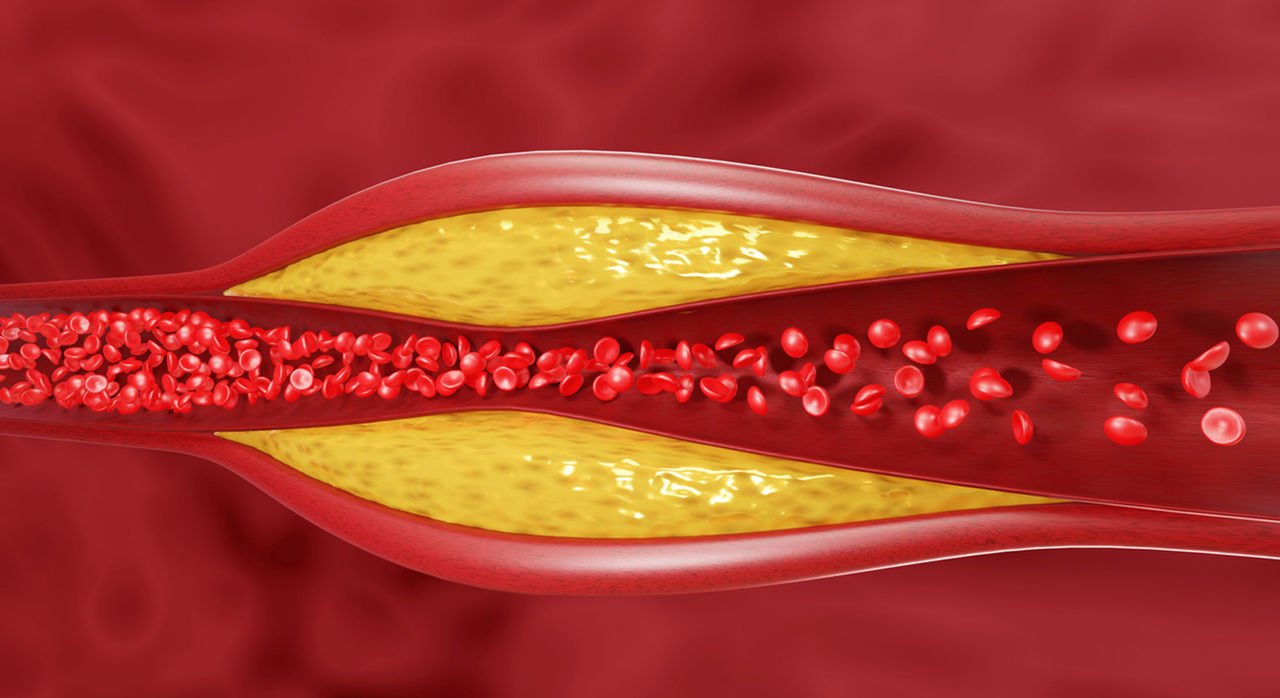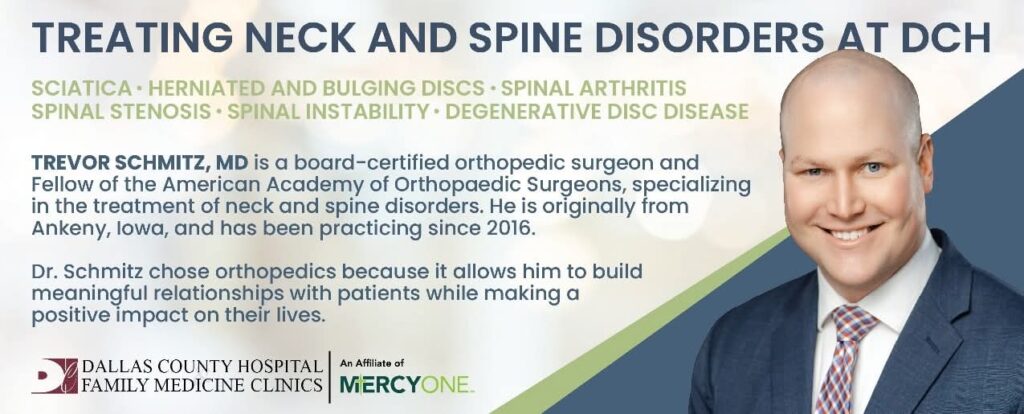 Millions of Americans have high cholesterol, and many don’t know they have it. Cholesterol is a waxy substance in your blood that can build up inside your arteries and increase your risk of heart disease.
Millions of Americans have high cholesterol, and many don’t know they have it. Cholesterol is a waxy substance in your blood that can build up inside your arteries and increase your risk of heart disease.
There are two types of cholesterol: LDL and HDL. LDL is known as the “bad” cholesterol because high levels of it can lead to that build-up in your arteries. Foods that are high in saturated fat, such as processed meats, red meat, full-fat dairy and fried foods can increase LDL levels.
This is the one that people are talking about when they say they have “high cholesterol.”
HDL is known as the “good” cholesterol because it removes excess LDL from the blood and so helps to reduce your risk of heart disease. Foods that are high in unsaturated fats, healthy fats and fiber, such as fruits and vegetables, nuts and seeds and fish can increase HDL levels.
A simple blood test is the best way to learn your cholesterol levels. How often you need to be tested depends on your age and other health conditions or family history as determined by your doctor.
In general, most adults should be tested every five years, and those over 65 should be tested every year. Aim to have an overall cholesterol level of less than 200mg/dL.
When it comes to lowering your cholesterol, lifestyle changes are a great place to start. Try incorporating these five steps:
1. Eat heart-healthy foods.
2. Exercise for at least 30 minutes, five days of the week.
3. Quit smoking.
4. Lose weight.
5. Drink alcohol in moderation.
Visit the American Heart Association website in order to learn more.
Natalie Peters is the community health educator in the Dallas County Public Health Department.

















